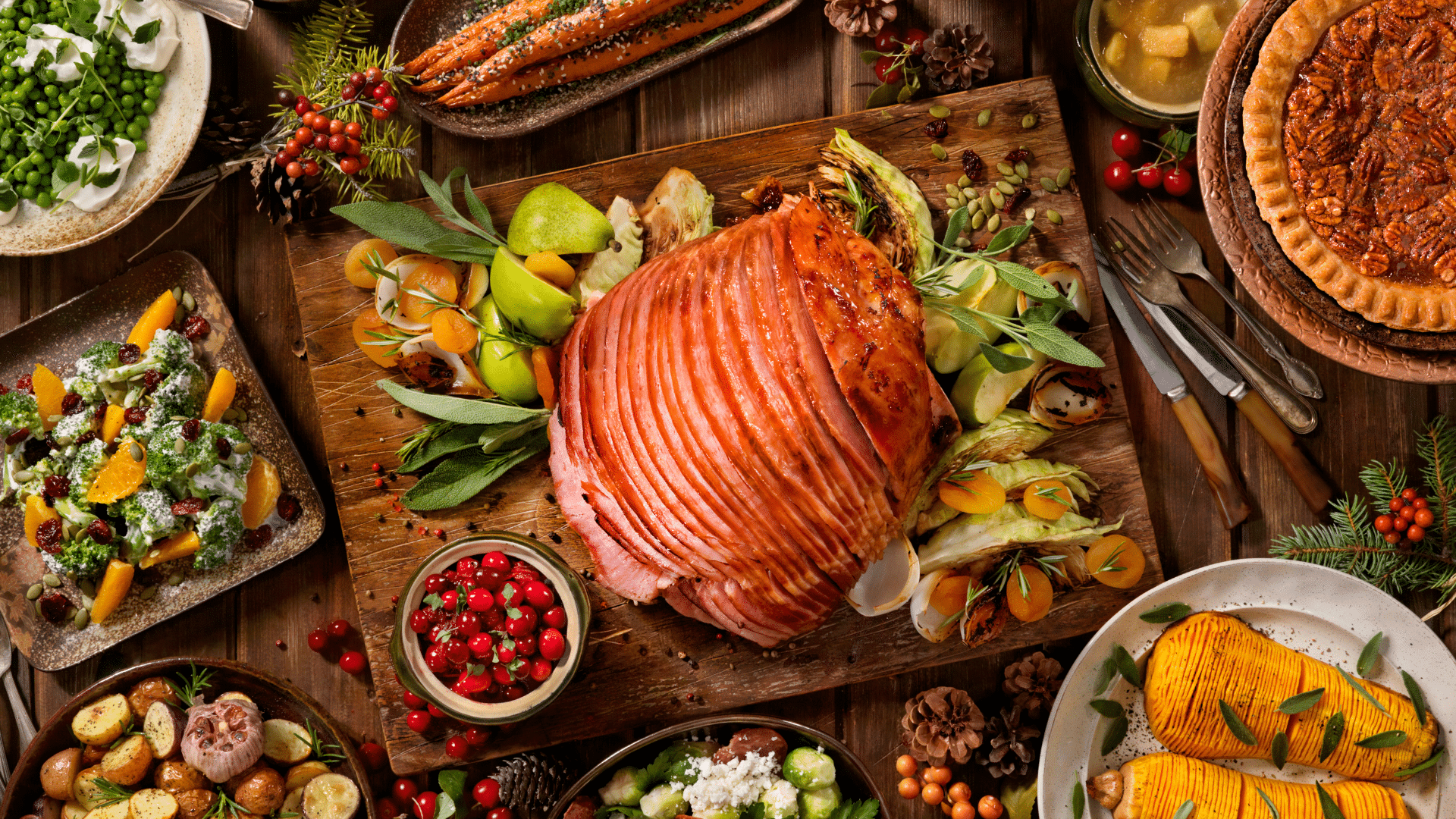The mashed potatoes. The extra bowls of gravy. Casseroles with enough calories to fill a village. The holiday season usually means indulging in rich, delicious food. It’s also a time when people think it’s impossible to eat healthy. While it’s one of the times of year we don’t want to think about cutting calories, that doesn’t mean it can’t be done. If you want to eat healthy during the holidays, here are some strategies that allow you to enjoy all the wonders of holiday meals without packing on an extra 10 pounds.
Plan for a few healthy dishes during the holidays
When preparing for holiday gatherings, planning ahead can make a significant difference in your ability to eat healthily. Most families already do this by sending out messages and asking loved ones to help bring a dish or two. If you aren’t the main cook, consider offering to bring a nutritious dish to share, ensuring that at least one option aligns with your dietary goals. Additionally, eating a balanced meal before attending an event can help curb overindulgence in less healthy options.
There are plenty of places where you can get recipes for healthy holiday dishes. The American Heart Association has recipes broken down by category and includes traditional dishes that are better for the body.
Make healthy substitutions during the holidays
There are many ways to make healthier versions of your favorite holiday dishes. For example, instead of using whole milk in your mashed potatoes, try using skim milk or low-fat yogurt. Or, instead of frying your turkey, try roasting it or baking it.
Here are a few more healthy substitutions you can make:
- Use whole-wheat flour instead of white flour in your baking.
- Use Greek yogurt instead of sour cream in your dips and sauces.
- Use avocado oil instead of butter or margarine.
- Use herbs and spices instead of salt to flavor your food.
Focus on fruits and vegetables
Fruits and vegetables are packed with nutrients and fiber, and they’re also low in calories. So make sure to fill your plate with them at every holiday meal. Here are a few tips for incorporating more fruits and vegetables into your holiday meals:
- Start your meal with a salad or bowl of soup.
- Add vegetables to your main dishes, such as stuffing or roasted vegetables.
- Serve fruits as a dessert or snack.
Eat slowly and savor your food
It’s easy to overeat when you’re surrounded by delicious food, and one of the biggest mistakes we make is shoveling casseroles and gravy into our mouths. What you may not know is that our brains and stomachs aren’t using the same clock. It takes the brain about 20 minutes to register that you’ve eaten enough to be full. That also means we have a 20-minute buffer to enjoy another helping of tryptophan.
If you want to give it a try this holiday season, here are a few tips to help you slow the number of times your fork hits your mouth while savoring what you’ve eaten:
- Put your fork down between bites.
- Chew your food thoroughly.
- Pay attention to the flavors and textures of your food.
Eating healthy during the holidays doesn’t have to mean missing out on the joy of festive foods. If possible, plan the meals ahead and offer to include a few healthy dishes. Even in the traditional dishes there are tricks to lowering the calorie count. Meanwhile, try to eat the good foods, and try to eat them slower.







